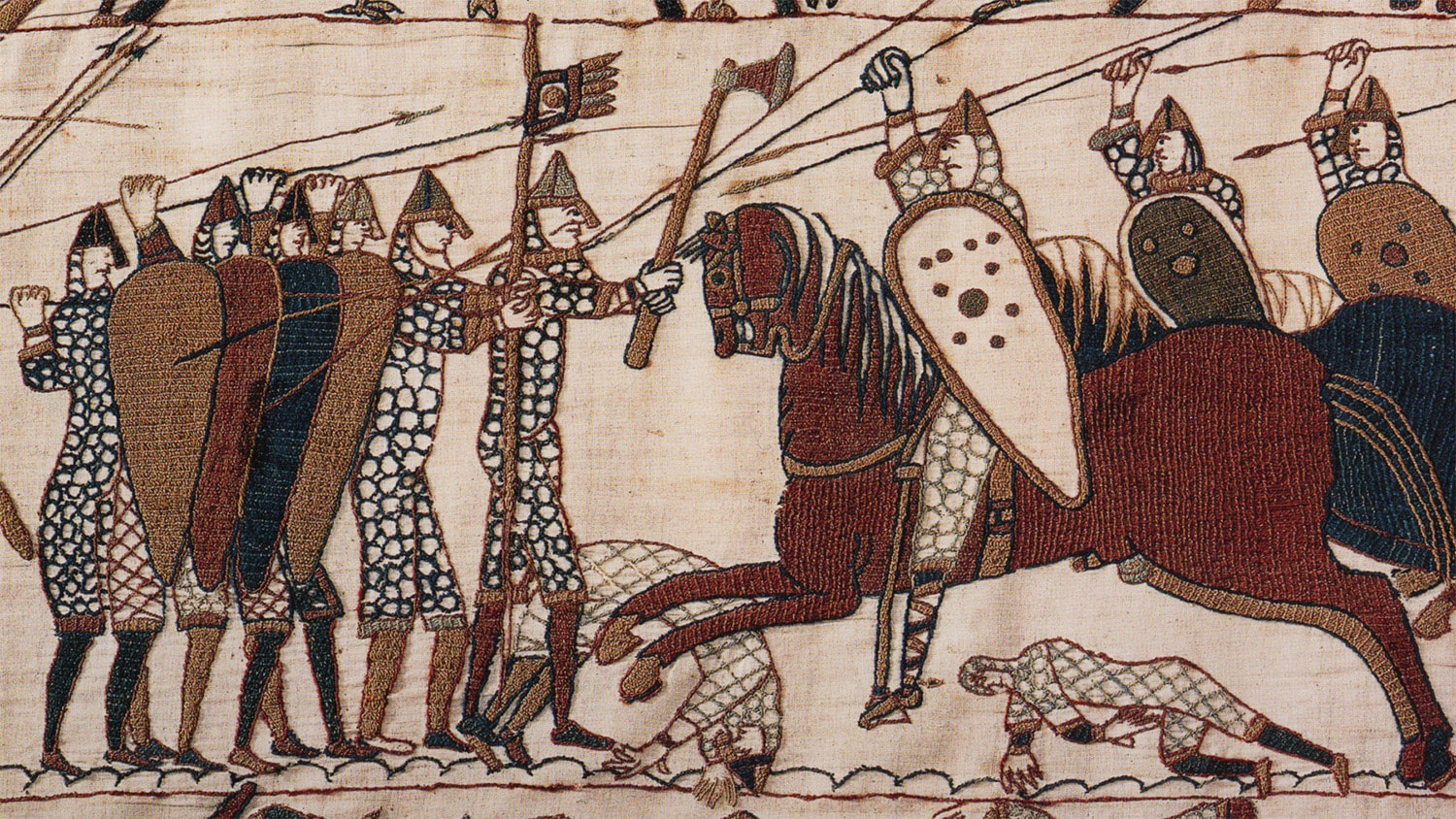
22 interesting facts about Battle of Hastings
- 👁️ 275
The Battle of Hastings, fought on October 14, 1066, stands as one of the most pivotal events in English history. It marked the beginning of Norman rule in England, a change that had profound effects on the country’s culture, language, and governance. The battle was fought between the Norman-French army of William, the Duke of Normandy, and an English army under the Anglo-Saxon King Harold Godwinson. The outcome of this brutal day-long fight led to the end of Anglo-Saxon rule and laid the foundation for a new era in England. Here are 22 interesting and informative facts about the Battle of Hastings that shed light on its significance and the events surrounding it.
- The Battle of Hastings was precipitated by the death of the childless English King Edward the Confessor in January 1066.
- Harold Godwinson was crowned King of England shortly after Edward’s death, despite William of Normandy’s claim that Edward had promised him the throne.
- William assembled a fleet of approximately 700 ships to invade England.
- The battle took place 7 miles north of Hastings, near the present-day town of Battle.
- The exact number of soldiers is unknown, but estimates suggest William had around 7,000-8,000 men, while Harold had fewer, possibly around 5,000-7,000.
- William’s forces included cavalry, which was not used by the English army.
- The Bayeux Tapestry, a 70-meter long embroidered cloth, depicts the events leading up to and including the Battle of Hastings.
- King Harold Godwinson was killed during the battle, famously believed to have been shot in the eye with an arrow, though this account is debated.
- The battle lasted from approximately 9 a.m. to dusk.
- Norman tactics included feigned retreats, which tricked the English forces into breaking their defensive positions.
- William of Normandy became known as William the Conqueror after his victory.
- The battle led to the Norman conquest of England, which significantly influenced the English language, introducing many French words.
- The site of the battle is now home to Battle Abbey, built by William as a penance ordered by the Pope.
- The English shield wall, formed by housecarls and thegns, initially repelled the Norman attacks.
- After the battle, William marched on London, facing little resistance, and was crowned King of England on Christmas Day, 1066.
- The Domesday Book, a great survey completed in 1086, was a result of the administrative changes introduced by the Normans after their conquest.
- Harold Godwinson had defeated another invader, Harald Hardrada of Norway, at the Battle of Stamford Bridge just weeks before facing William at Hastings.
- The victory at Hastings allowed the Normans to bring feudalism to England, changing the social and economic structure of the country.
- No accurate contemporary images of the battle exist, with the Bayeux Tapestry being the closest visual representation, though it was likely commissioned by the Normans.
- Norman knights wore chainmail armor and helmets, contributing to their advantage over the English forces.
- Some historians believe that the battle’s outcome was partly determined by the fact that Harold’s army was weary from marching south after Stamford Bridge.
- The Battle of Hastings is considered the last successful invasion of England.
The Battle of Hastings fundamentally altered the course of English history, leading to Norman dominance and significant cultural transformation. It marked the end of the Anglo-Saxon era and the beginning of a new chapter characterized by architectural, linguistic, and administrative changes. The battle’s legacy continues to be studied and commemorated, reflecting its enduring impact on the identity and development of England. Through the blending of Norman and Anglo-Saxon cultures, a new England emerged, setting the stage for the country’s future evolution.
The Battle of Hastings, fought on October 14, 1066, stands as one of the most pivotal events in English history. It marked the beginning of Norman rule in England, a change that had profound effects on the country’s culture, language, and governance. The battle was fought between the Norman-French army…